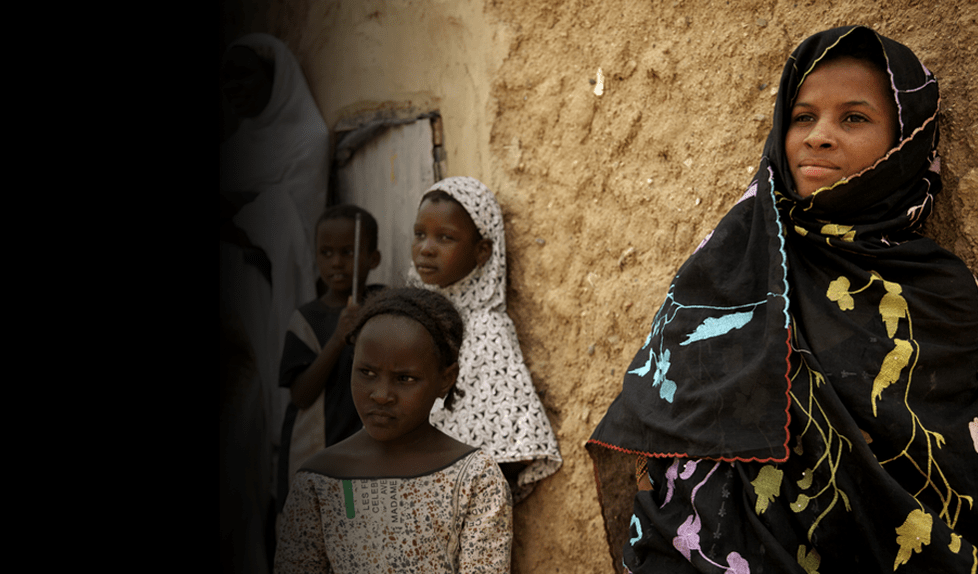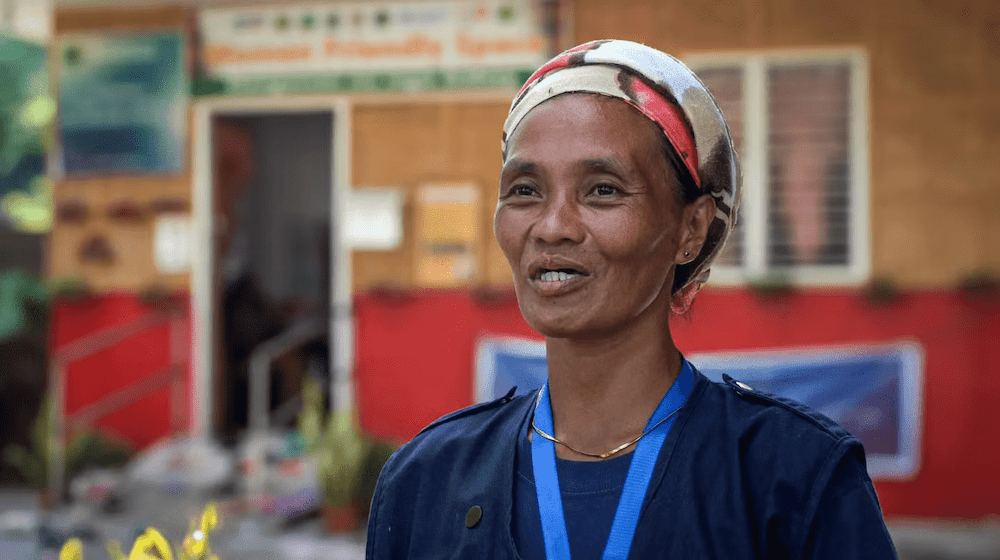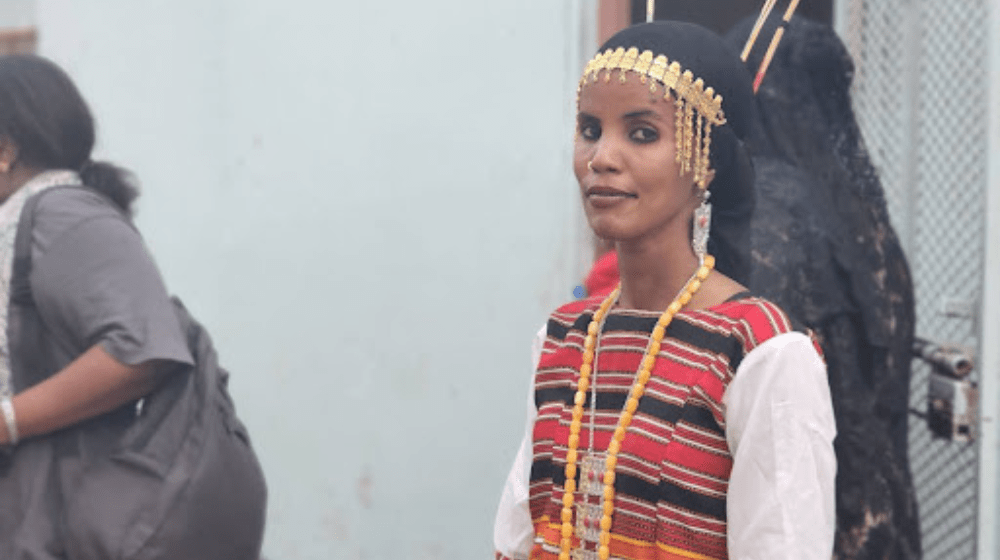The conflict in the Central Sahel region, one of the world’s fastest-growing emergencies, has created a protection crisis for women and girls. Escalating violence and displacement have heightened the risk of gender-based violence and harmful practices and disrupted access to basic services, including sexual and reproductive health care. Climate shocks, particularly droughts and floods, exacerbate vulnerabilities. Millions of people are struggling to access food, water, healthcare, education and protection. UNFPA leads the gender-based violence sub-cluster in Mali and provides life-saving sexual and reproductive health services to women and young people.
Video
Women and girls fleeing Mali conflict find shelter at a displacement camp
July 16, 2024Hundreds of women and girls fleeing conflict in the Bandiagara region of Mali have found shelter at this displacement camp in Sokoura.
Hear from Aïssata Baby, Humanitarian Analyst, UNFPA Mali, about the crucial care women and girls are receiving from UNFPA—the United Nations sexual and reproductive health agency.
Video
15-year-old raped at knifepoint in Mali receives care
July 2, 2024At just 15 years old, Maiga is dealing with the impacts of being raped.
She’s one of many women and girls in Mali receiving support for physical, sexual, and psychological violence at the One Stop Centre in Mopti.
See how UNFPA—the United Nations sexual and reproductive health agency—is supporting this life-saving care.
Netherlands
Donor rankings include UN-to-UN transfers, which are UNFPA's top source of revenue overall.
Effective 1 January 2022, UNFPA adopted a new revenue recognition policy; however, for the purposes of this website, information is presented based on previous policy to allow comparability of information across different years.
Donor Global Statistics
News & Updates
Pagination
Updates
With new World Bank funding, SWEDD 2 to expand to Cameroon, Republic of Guinea
04 Jun 2020News
In the Sahel, where motherhood is deadliest, midwives are saving lives
22 November 2019Denmark
Donor rankings include UN-to-UN transfers, which are UNFPA's top source of revenue overall.
Effective 1 January 2022, UNFPA adopted a new revenue recognition policy; however, for the purposes of this website, information is presented based on previous policy to allow comparability of information across different years.
Donor Global Statistics
News & Updates
Pagination
Humanitarian needs

Last updated on - June 2024
- Results data are reported and updated as they become available.
- -Targets and UNFPA's populations of concern, including women of reproductive age and pregnant women, are estimated using the MISP calculator.
- -Funding estimates are based on country planning processes, including inter-agency humanitarian response plans and regional refugee and resilience plans.

